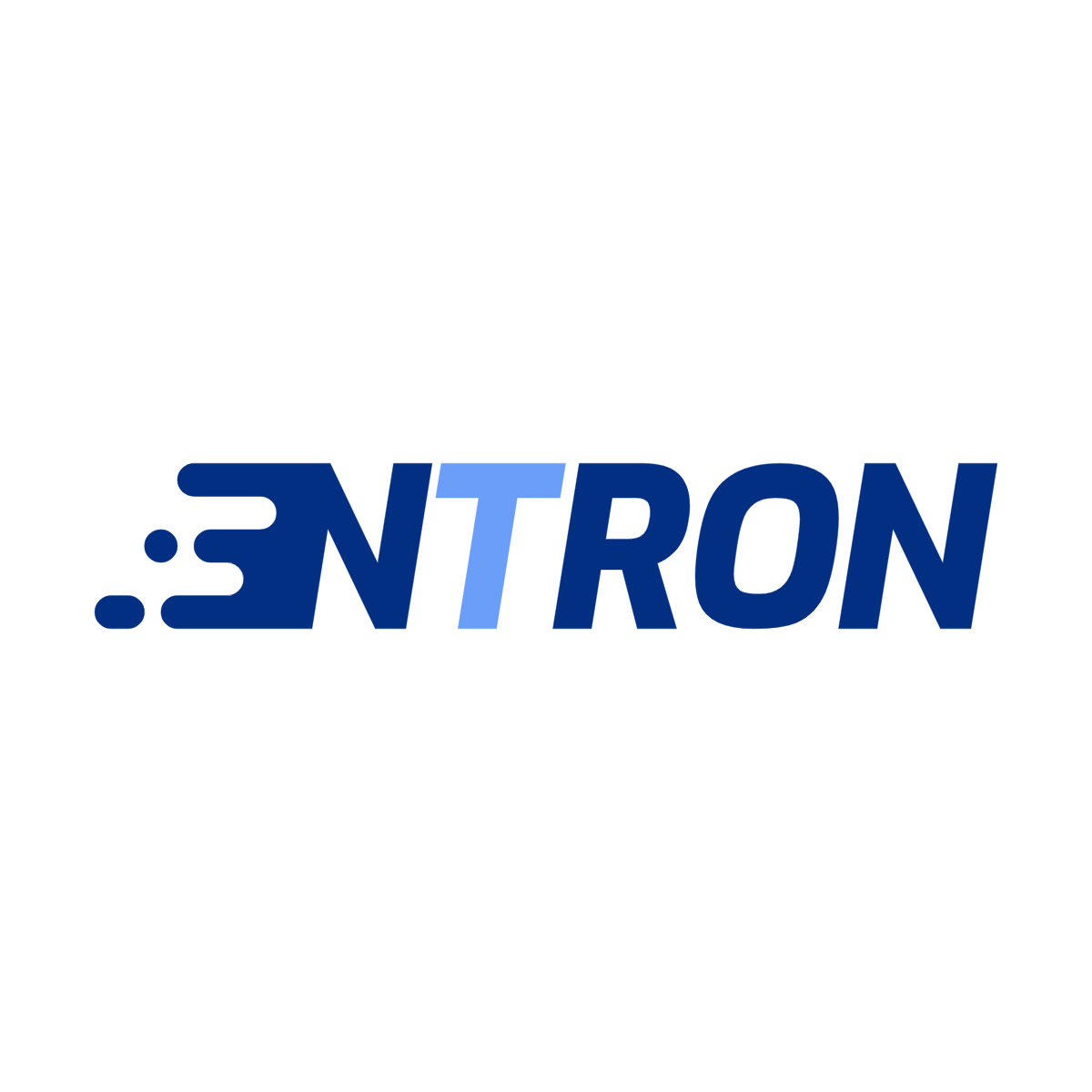First, the meaning of lidar 3D LiDAR scanning uses LiDAR (Light Detection and Ranging), which is short for Laser Detection and Ranging system, also known as Laser Radar or LADAR (Laser Detection and Ranging). The LiDAR point cloud data is obtained through LiDAR scanning.
When a laser beam hits the surface of an object, the reflected laser carries information such as direction and distance.
If the laser beam is scanned along a specific trajectory, it will record the reflected laser points while scanning. Due to the extremely fine scanning, a large number of laser points can be obtained, forming a LiDAR point cloud.
Point clouds derived from this method generally contain four types of information: x, y, z coordinates, and laser reflection intensity. When combined with RTK/PPK, geographic coordinate information of the point cloud can also be obtained.
II. Meaning of power tower A power tower is a tower-like structure used for overhead power lines, typically constructed with steel frames, and generally stands between 25 to 40 meters tall.
Power towers play a crucial role in the electrical system; they not only support and protect the power lines but also effectively transmit high-voltage electricity.
The design, manufacture, installation, and maintenance of power towers are essential guarantees for the operation and development of modern power systems.
Power towers are widely used near power plants and substations in remote areas, and their diverse types and structures enable them to meet various power transmission needs.
Whether for urban power supply or long-distance transmission, power towers are indispensable infrastructure.
Three, transmission tower UAV inspection 1.
Business pain points (1) There are various types of transmission towers. Small defects will lead to line faults or power loss, affecting the production and living electricity consumption.
(2) The transmission channel is long, the efficiency of manual inspection of a single tower is limited, and it is extremely difficult to walk between mountains and forests; (3) The environment is complex, involving high altitude areas, densely populated urban areas and mountainous areas; (4) The structure is complex, there are many inspection points, and the workload of manual inspection is very large, which makes it difficult to ensure the quality of inspection; u Data is difficult to be saved, and the traditional manual inspection process cannot be digitally recorded and archived 1.
LiDAR: DJI SmartMap supports one-click high-precision processing of point cloud data collected by the Zenmuse LiDAR.
The process includes trajectory solving and point cloud accuracy optimization, directly generating various standard formats of 3D point clouds.
After ground point classification, it supports outputting Digital Elevation Model (DEM) and contour results.
By importing control points, precision control can be achieved, producing high-precision point cloud files.
Quality reports and profile viewing functions help analyze point cloud quality.
Even if RTK real-time differential data is accidentally lost, DJI SmartMap can still reconstruct high-precision models by matching PPK data with offline base station data.
2.
Real-time 3D: Based on DJI's advanced real-time reconstruction algorithm, the data collected by the UAV is visualized and high-precision and high-quality 3D models are generated in real time to meet the display and accurate measurement requirements of accident site, engineering monitoring, power line inspection and other scenarios.
3.
Fine inspection: Select the shooting target based on the local real scene 3d model or point cloud results, automatically generate the shooting waypoints and routes, and display the simulated camera transmission picture corresponding to the waypoints at the same time, so as to make the waypoint selection more accurate and the route planning more reasonable, realizing the automation of inspection operation process.
2. Field aerial survey process (1) Initial manual intervention in flight Using Matrice 350 RTK with Zenmee L2, you can import pre-planned KML paths or draw them on-site in Hand Thin Pliot 2 to plan the flight route; using non-repetitive scanning mode, the LiDAR has stronger penetration, allowing for more structural information from transmission line point cloud models and their orientations.
Field personnel can preview, replay, and stitch point cloud models on-site, obtain field quality reports, and efficiently carry out tasks.
Perform DJI Smart Map one-stop post-processing to get high-precision point cloud results (2) Later independent power inspection Using the location information of transmission line tower foundations for planning, create a LiDAR scanning route; import the modeled scanning route into thin Pliot 2 and configure task information; collect point cloud models of transmission lines through previous aerial surveys, use DJI SmartMap to plan the transmission channel route, then import the route task into Matrice 350 RTK and issue inspection commands with one click; identify defect locations in the transmission channel through manual analysis of inspection photos or AI recognition.
, Go back.
2.
Advantages of drones (1) Long-distance inspection, reducing manual labor and effectively doubling the working distance; (2) High-altitude inspection to effectively ensure personal safety; (3) Efficient and accurate shooting of inspection points to ensure the quality of inspection operations; (4) Reconstruction of transmission channel model, digital management of assets, and diversified use of the model Through the application of autonomous flight of UAV, fine daily inspection of transmission poles and towers can be carried out to find and solve problems in time.









Fill in your e-mail:








